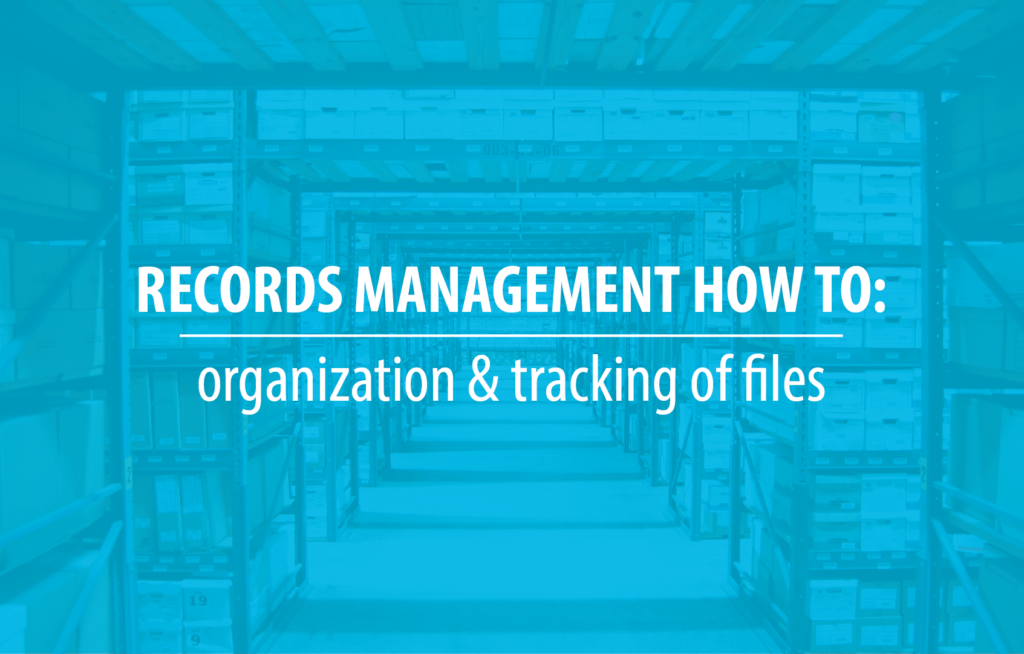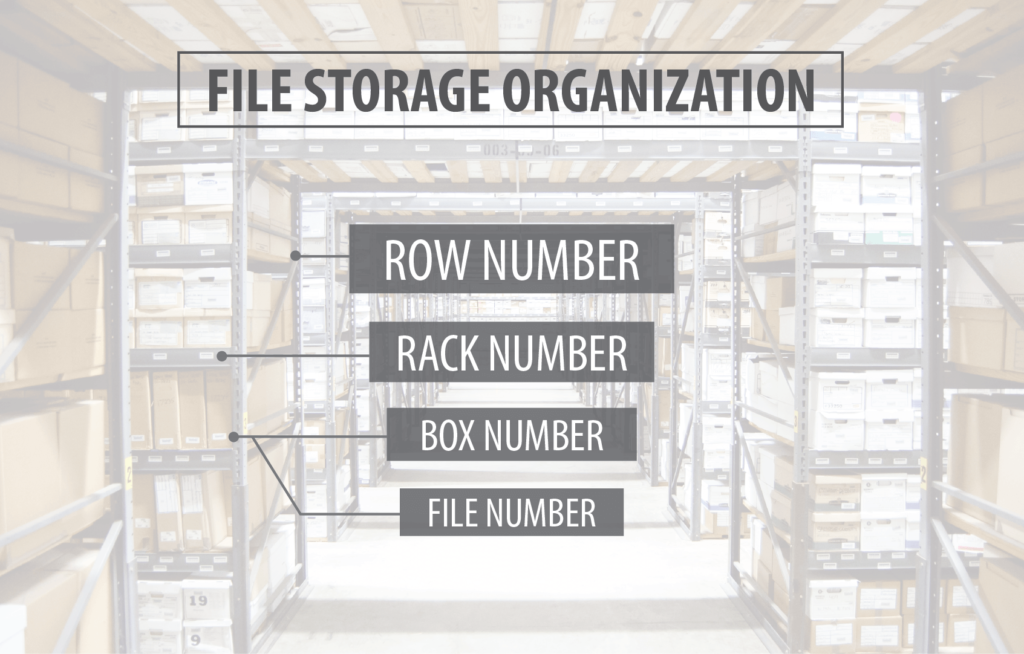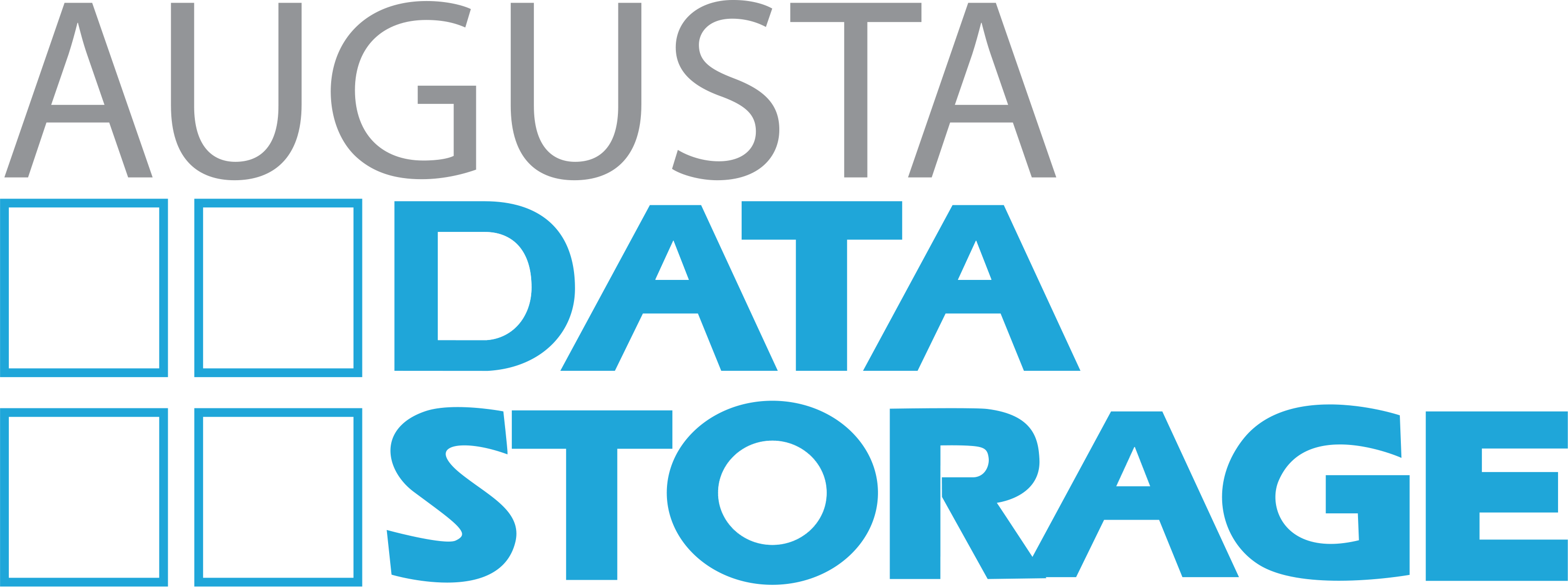Barcode Tracking: How we Organize Over 120,000 sq. ft. of Storage Space

Did you know that our facilities boast over 120,000 sq. ft. of storage between our main storage facility, climate-controlled media vault, and our new NARA compliant storage facility?
When you think about how much space that large can hold and the fact that our customers can request retrieval of stored items any time of day, it should come as no surprise that we need a pretty organized system to keep track of exactly where each and every file and box is located.
That’s where O’Neil comes in. O’Neil is an industry leader in record storage and management solutions and we’re proud to partner with their organization to better manage our processes, both inside our warehouse and in our customer-facing operations. So, how exactly does it all work? Here’s a closer look.
How Do We Track and Organize Your Records?
The process starts when new items come into our facility for storage. When boxes are picked up at a customer’s location, they are barcoded and then scanned to that specific work order so that we have a record of when they entered our facility. Once they are ready to be put into storage, they are scanned to a specific location within our facility.
If an individual item within a box is requested from a customer, it is then barcoded before delivery so we can keep track of when it comes in and out of our facility.

What Is Barcode Tracking?
Using this barcode system allows our team to track specific information about the items stored within our facility, including:
- Add date
- Delivery date
- Move date
- Inventoried date
- Who scanned an item
- Item status (In or Out)
CUSTOMER FACING FEATURES
In addition to our internal uses, one of the major benefits of our system is all of the access we are able to give our customers. Customers have the option to add on a web access portal to their service where they can view some information about the cartons they have in our storage facility. They are also able to use this platform to request file pick-ups.
For those customers looking for a more in-depth experience, we have an indexing option available where cartons and their contents are indexed online and individual file requests can be made within the customer platform.
Our team is proud to offer a 24/7/365 record retrieval service. There are many ways to access your records including cloud-based access, retrieval Records can be accessed through our client portal allowing instant access to records, inventory checks, retention schedules, and more.
What are my FILE RETRIEVAL & DELIVERY options?
When a retrieval request comes in from our customers, it is added to our work order queue. Our warehouse personnel are able to take the information from the work order and locate the specific file box in our facility. Once the record is pulled the customer can expect delivery the next day. We also offer STAT delivery for a rush fee, which can have files to your facility in as soon as 90 minutes, depending on your location.
In addition, we are able to deliver some information electronically, via email, per the request of the customer. However, due to HIPPA compliance restrictions, we will not electronically deliver any sensitive or personally identifying information within the records.
What are the Benefits of Security and Tracking?
Having a process for the security and tracking of your records is a benefit to any organization. It is important to know where your records are and have the ability to track their movements based on scans, and who is accessing them.
Our facility maintains restricted personnel access and video surveillance monitoring; and file retrieval is only available to the approved contacts on your access forms, to help you better manage your chain of custody. Our facilities are also equipped with the most advanced fire, smoke, and hazard warning systems to help protect your records from hazards.
How Should I Organize My Records?
Looking to organize your own records? Here are a few tips to get you started.
Locate a secure space to store your records.
Whether it’s a locked room or just a secure filing cabinet, you’ll want to make sure the records are restricted and you have a limited list of people who have access to them.
Establish a system for monitoring records access
If your file room or cabinets have keys, always know who has copies of the keys. Consider a way to track people coming in and out of your storage areas or a “check-in, check-out” system for confidential records.
Organize your records consistently
Establish a consistent filing hierarchy for your records and apply it across your organization. Most commonly records are organized alphabetically, by date, or by client or project. Find an organization system that most closely aligns with how you search for files and records.
Communicate the Process
Once you’ve established access guidelines and a filing hierarchy, be sure to communicate it to your team so that they know where to find things and can help maintain consistency in your records management systems.
A Look Inside Our Facility
Interested in getting a closer look at our operation and how it works? Check out this inside look at our facilities or contact us today to take a tour and learn more about it from one of our team members.
